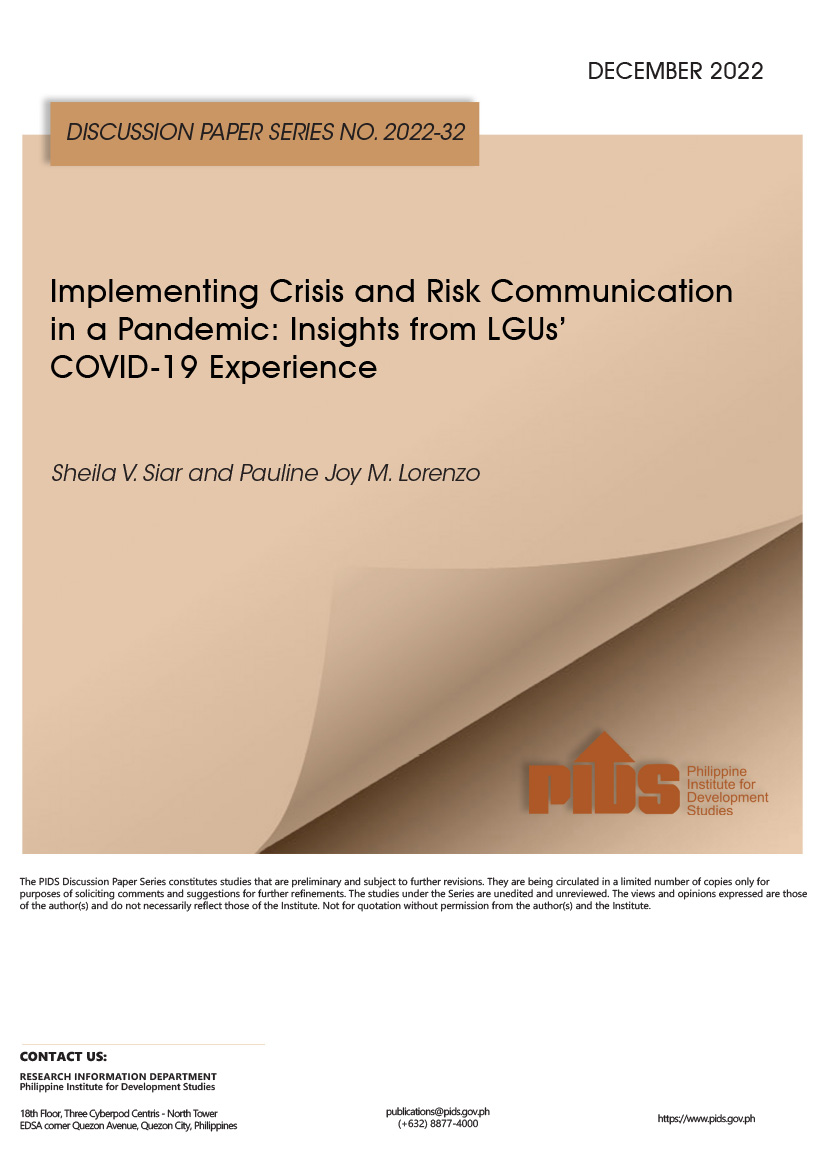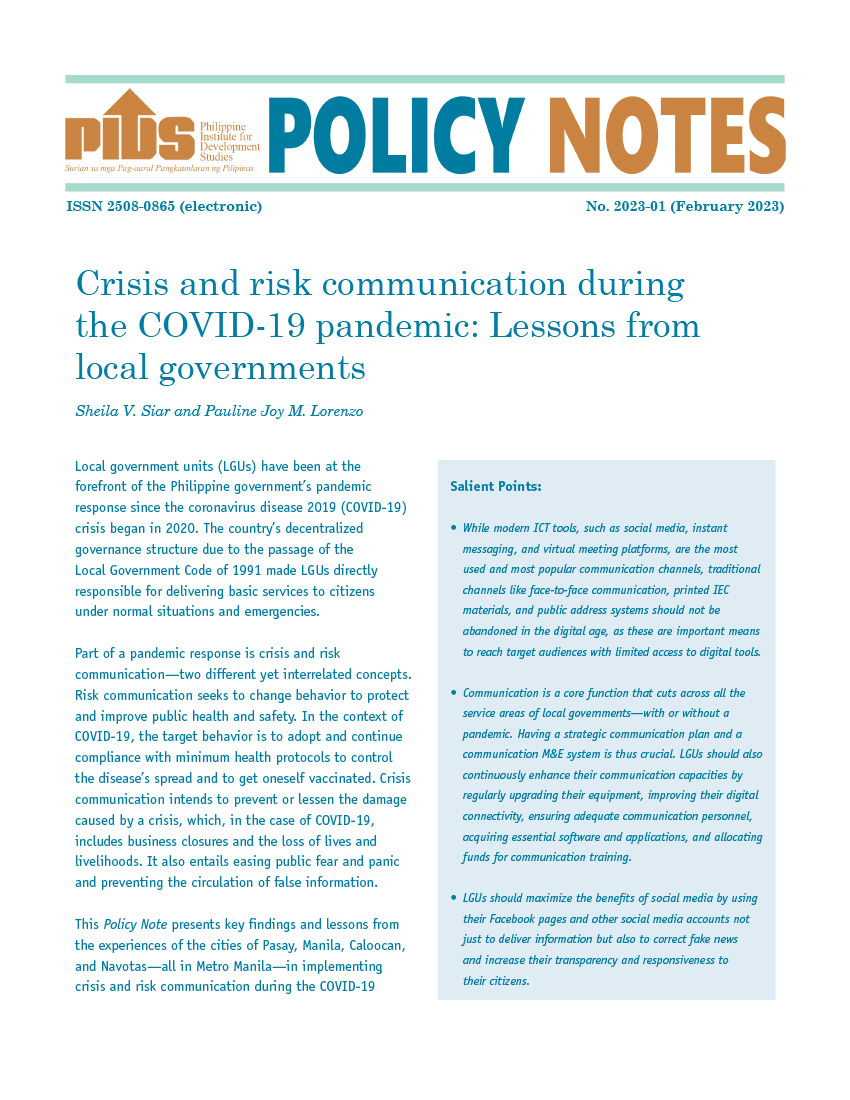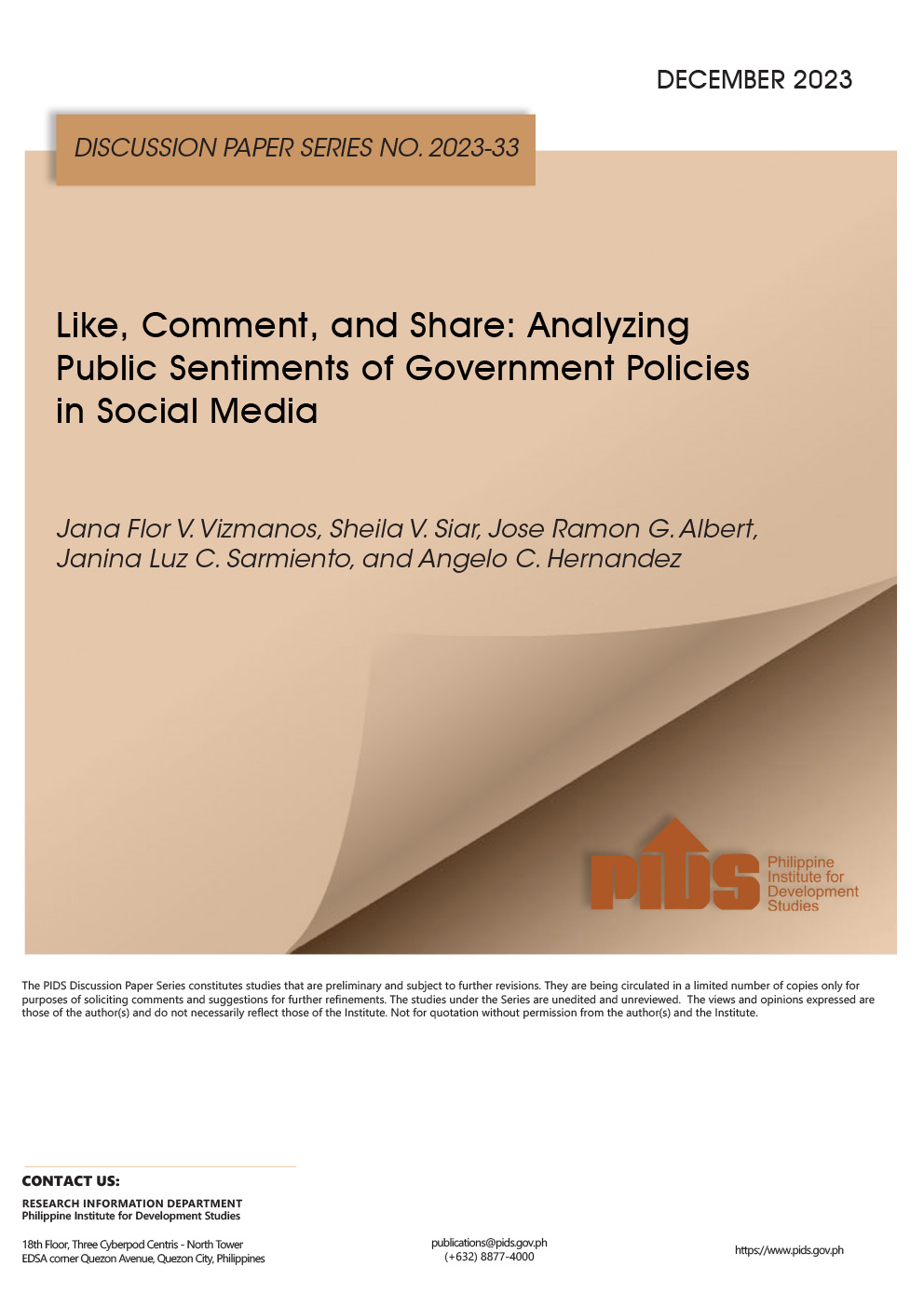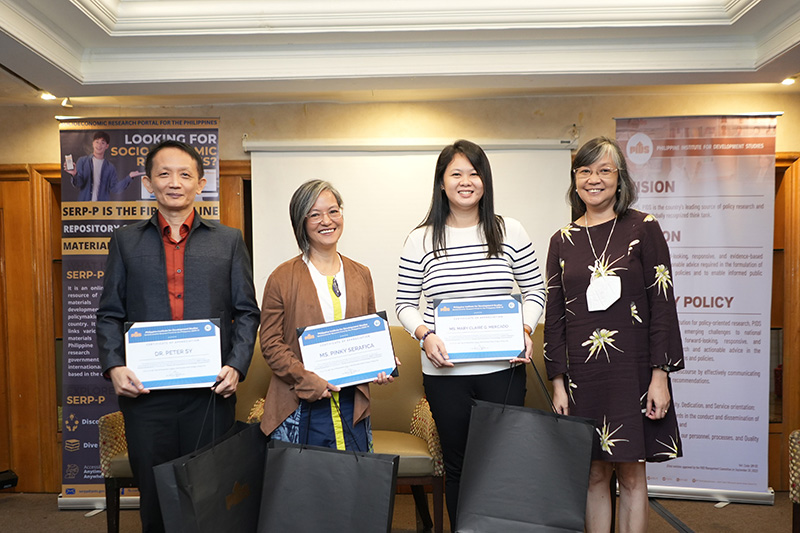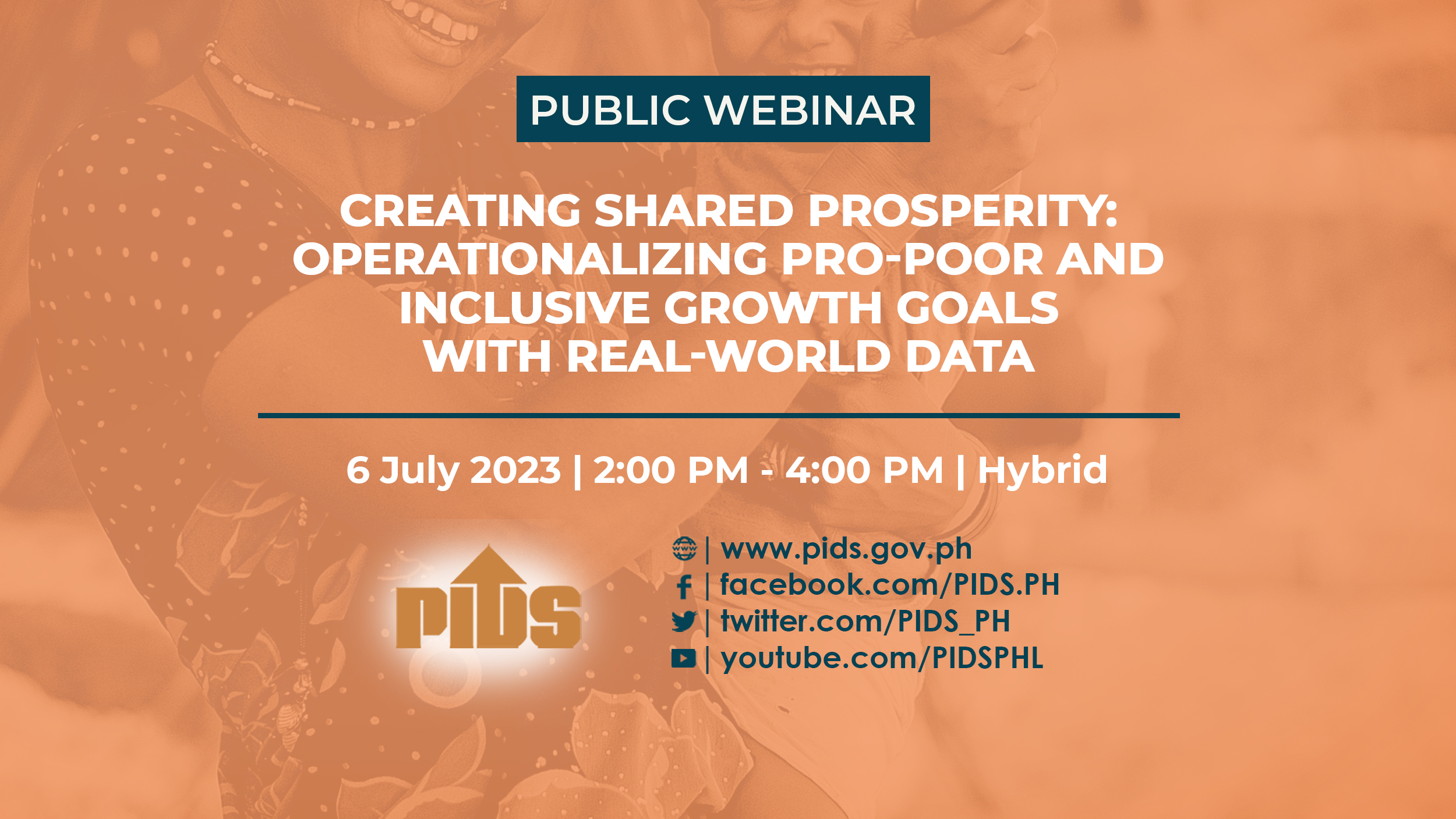There was a bitter argument leading up to the May 9 elections regarding surveys. Supporters of Ferdinand Marcos Junior had been jubilant when survey after survey released by Pulse Asia showed a huge lead for their candidate. Supporters of Vice President Leni Robredo meanwhile criticized the surveys, calling them biased and compromised. They pointed to Google Trends, which showed their candidate was garnering more interest online compared to Marcos.
The May 9 elections have come and gone, and the results had Ferdinand Marcos Junior winning by a landslide, just as the surveys predicted.
With this, we take a deep dive into Pulse Asia surveys and Google Trends. Which data should we be looking at in the future?
Pulse Asia
Let’s take a deep dive into the Pulse Asia surveys of the past.
In the 2016 presidential elections, eventual winner, President Rodrigo Duterte ran against Liberal Party candidate Mar Roxas, Senator Grace Poe, former Vice President Jejomar Binay, and Senator Miriam Defensor Santiago.
After the filing of certificates of candidacy and the substitution period, the Pulse Asia survey in December 2015 showed that Binay had an early lead at 33 percent. Duterte only had 23 percent in the same period.
The next survey released in January 2016 showed Poe had taken the lead, followed by Binay. Duterte and Roxas were statistically tied for third.
The succeeding surveys showed Poe maintaining her lead all the way up to March. Only in late March to early April did the surveys show Duterte taking the lead, which he held all the way up to the last survey released before the polls.
The surveys showed much uncertainty in the early days of the campaign period before Duterte grabbed and held the lead late in the game.
Surveys on voter preference for vice president were even more volatile. In December 2015, the eventual winner, Vice President Leni Robredo was in fourth place with just 14 percent. Senator Chiz Escudero was the early leader with 29 percent. He held the lead until March before he was eventually overtaken by then-Senator Ferdinand Marcos Junior.
Escudero and Marcos would battle neck and neck in the succeeding March surveys before Marcos took the lead from the end of March to early April. Robredo then gained some momentum, overtaking Escudero in the second week of April, and Marcos by the last week of the same month. She was the leader by a slim margin over Marcos in the final survey released before the elections.
In both cases, the actual elections mirrored the final Pulse Asia surveys. Duterte ended up winning by a landslide. Robredo won by a slim margin over Marcos.
The final survey percentages did not exactly match with the poll results, but the final Pulse Asia survey still got the order of presidential candidates exactly right when the final tally had been made. Duterte, Roxas, Poe, Binay, Santiago.
The final Pulse Asia survey in 2010 also got the order of winners right in the presidential race of that year, when President Benigno Aquino III won.
Pulse Asia also got the order of winners exactly right in its final survey in the presidential race of 2004, when President Gloria Macapagal Arroyo won.
Surveys represent snapshots in time. They have clearly shown that voters can change their minds in the run-up to the elections, as seen in surveys covering both the presidential and vice presidential races of 2016. The final Pulse Asia surveys before the elections have so far been consistent in their accuracy when it comes to presidential elections.
Proof of legitimacy?
The 2004 elections are particularly of interest as these were marred with controversy. This was the infamous “Hello Garci” scandal wherein the winner Arroyo allegedly contacted then Commission on Elections Commissioner Virgilio Garcillano to influence the results.
Arroyo eventually addressed growing public unrest regarding the issue by issuing an apology, admitting she made the inappropriate phone call. However, she insisted she won the elections fair and square.
She again explained herself in her memoirs released this year.
In those memoirs, she used an SWS survey to support her position that she did not cheat to win against her highly popular adversary, action star turned politician Fernando Poe Jr. She said, “In March 2004, 2 months before the elections, SWS found 55 percent satisfied with my performance. Because the voting public knew that I was not just a strong but also a competent and hardworking president."
In this same vein, supporters of presumptive president Marcos are pointing to the Pulse Asia survey results to fight off claims he cheated to win.
It can be noted that the last Pulse Asia survey again got the order of the top five presidential candidates exactly right. It even captured how Senator Manny Pacquiao overtook Manila Mayor Isko Moreno late in the campaign period.
Throughout the election season, there were critics who questioned the results of the Pulse Asia surveys and the methodology employed.
Pulse Asia President Ronnie Holmes defended his company. He admitted the survey had some limitations, but he outright denied that Pulse Asia was biased, bought, or compromised as some had claimed.
Holmes said they understand that survey results will elicit varied opinions.
"We respect all forms of feedback on our survey results, including fair academic comment on differing methodologies and interpretations of data. We have emphasized, time and again, that survey results are time-bound and, except for the exit poll, face serious limitations as a means of predicting actual election results,” Holmes said.
In his own words, the surveys are not infallible, but they are fair. The data also showed that they have been consistent.
Google Trends
This is what Google says about Google Trends:
“Google Trends provides access to a largely unfiltered sample of actual search requests made to Google. It’s anonymized (no one is personally identified), categorized (determining the topic for a search query) and aggregated (grouped together). This allows us to display interest in a particular topic from around the globe or down to city-level geography.”
"Google Trends is not a scientific poll and shouldn’t be confused with polling data. It merely reflects the search interest in particular topics. A spike in a particular topic does not reflect that a topic is somehow “popular” or “winning,” only that for some unspecified reason, there appear to be many users performing a search about a topic," the tech giant said.
Experts also said that search interest is not enough to capture voter preference.
Jose Ramon Albert, Senior Research Fellow at the Philippine Institute for Development Studies, also warned that not all Filipinos have access to the internet, and a smaller fraction of those that do may not use Google.
Data show while Filipinos are massive consumers of online content, the internet penetration in the Philippines is still lacking at 68 percent, particularly in areas outside economic centers.
Google Trends is also "sentiment agnostic", which means that it doesn't capture whether the search interest is positive, negative or neutral.
Using Google Trends to predict election results is not without precedent. Data produced by Google Trends were able to accurately predict election results accurately, including the recent elections in France. But surveys also predicted the same election outcome in France.
There are so many factors to consider when evaluating election results. Data definitely provides insight into what went on during the campaign period. But the data must be taken in context. The owners of the data themselves say the information collected has limitations. More is needed to prove, or disprove legitimacy.

